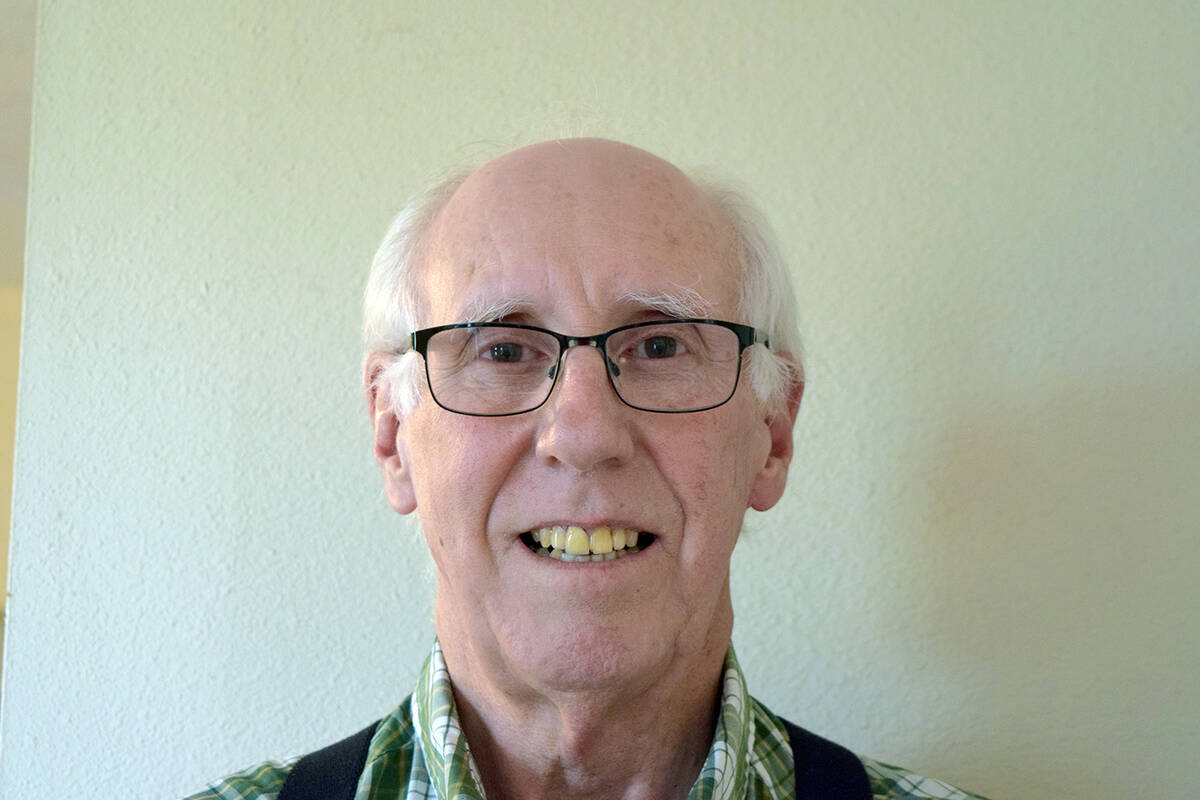Nevada’s Yesteryear: Mines spurred trains’ construction
Mining was the main reason Nevada was developed as a state, what with the very rich Comstock Lode at Virginia City and numerous other communities and camps such as Delamar and Pioche. Mining was equally important in California as well and had been since the gold rush there of 1849.
Railroading was also important as a faster means of transporting the gold, silver, lead, copper, zinc, borax, etc., even salt to various camps, stamp mills and processing plants, as well as receiving the necessary supplies for the mining industry.
By 1880, Nevada did have the transcontinental railroad that was along much of what today is Interstate 84, but not really much anywhere else except for a few spur lines like the railroad between Virginia City and Truckee, the V&T, and a small spur between Austin and Palisades.
In the mining town of Candelaria — a ghost town now — near Hawthorne in Mineral County, and other mining camps just across the border in California the work was booming.
Something else that was very much needed was borax and salt, which came from the nearby Teals’ and Rhode’s marshes. A few enterprising men came up with the idea of building a narrow-gauge railway and connecting with the V&T at Mound House at Carson City and extending south by way of Yerington, south of Walker Lake, Hawthorne, Candelaria and on into Keeler in Owens Valley, California.
In 1893, an economic depression in the U.S. halted investment in the mines and many closed as the booms ended. Thereby the lucrative freight and passenger business so eagerly anticipated on the C&C faded badly to something less than skimpy.
Historians have noted that the coach and smoker car of the train often had but only one passenger in the 1890s. The train crew did their best to entertain any passengers on the long and lonely trip. It was very often a most monotonous trip and it was said that only a minister of the gospel could make the trip in either direction and not finish it as an expert at poker, pedro and pinochle.
Young lady passengers received even more attention. The story was told of a young Virginia City school teacher who made the trip to Keeler on a holiday break, but was so exhausted talking to six men at once during the whole trip that she was more in need of a vacation on her return to Virginia City than when she started.
Indians were allowed to ride for free, but had to be in the freight cars if the train had a mixed group of passengers. A stop at the station in Schurz usually picked up half a dozen or so Paiute families and many of them were told they had to ride outside or on top of the freight cars as far as Yerington or Hawthorne.
In summer months the little train chugged along in a cloud of dust and sand. Traveling along the shores of Walker Lake it was common for the train to stop at a particular spot and let everyone go down to the lake to cool off along the beaches. Historians don’t mention if some of the crew and passengers went for a swim. Some probably did though for a little bit, especially the younger children.
Some of the leaders in Nevada government got a start on the little railroad. Gov. Fred Balzar (1927-1934) was a conductor on the train when he was courting a girl in California, whom he later married. She used to drive a buggy to a spot where cattle were loaded on the railroad and Balzar would meet her there and the two would take the buggy back to the nearby ranch where she lived and have lunch. Surprisingly, the train would wait for him to return.
In the fall, it is said the crew members would bring along shotguns for duck and sage hen hunting when the train passed through the Mason Valley country, hiding themselves in among the willows and tules, waiting for a flight of ducks to arrive.
Time schedules for the train were very liberal as would happen with such goings on, so the arrival time at any given stop was almost useless to count on.
In 1900, the Southern Pacific Railroad bought the C&C for $2,700,000 and almost immediately the new mining booms and Tonopah and Goldfield paid off the original investors in the little narrow gauge line many times over. Eventually however, the town continued to decline and finally the Candelaria post office closed in 1935 and the one-time mining town became one of Nevada’s many ghost towns remembered occasionally from its colorful past.
(Adapted from a story by Harold’s Club, Reno, 1952)
Dave Maxwell is a Nevada news reporter with over 35 years in print and broadcast journalism, and greatly interested in early Nevada history. He can be reached at maxwellhe@yahoo.com.








